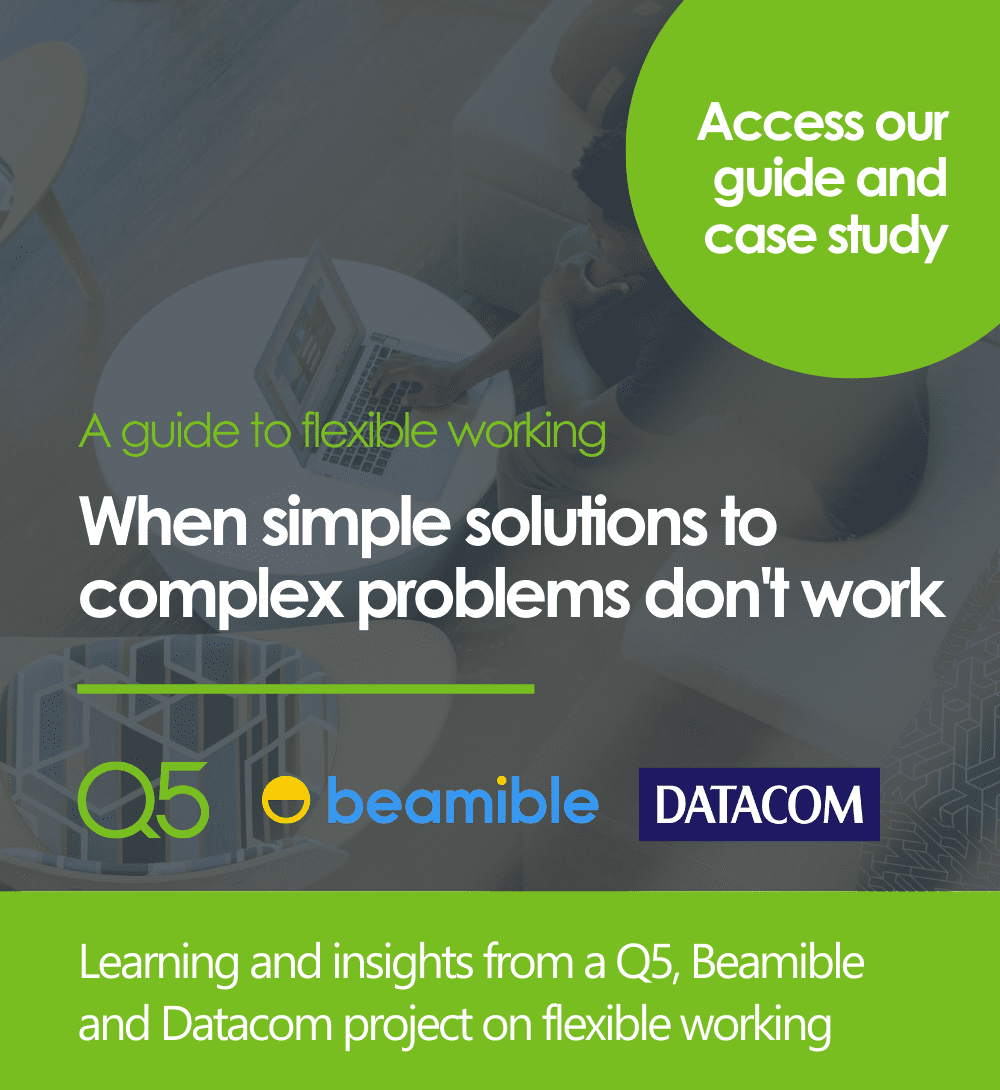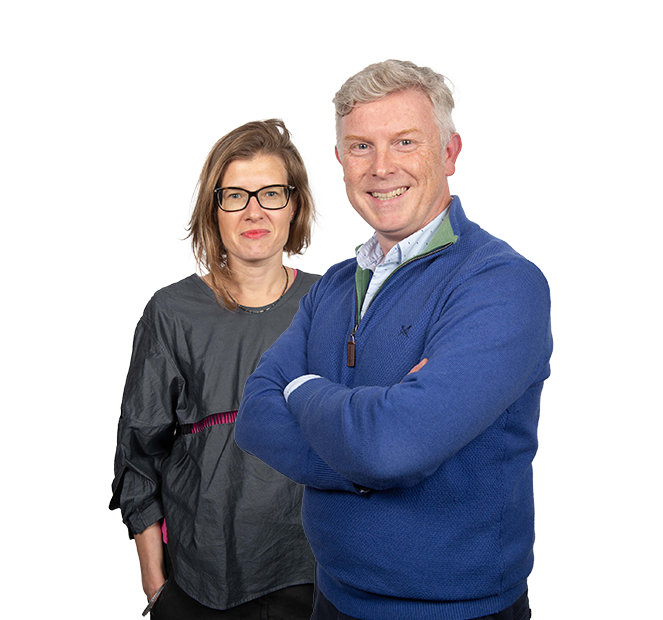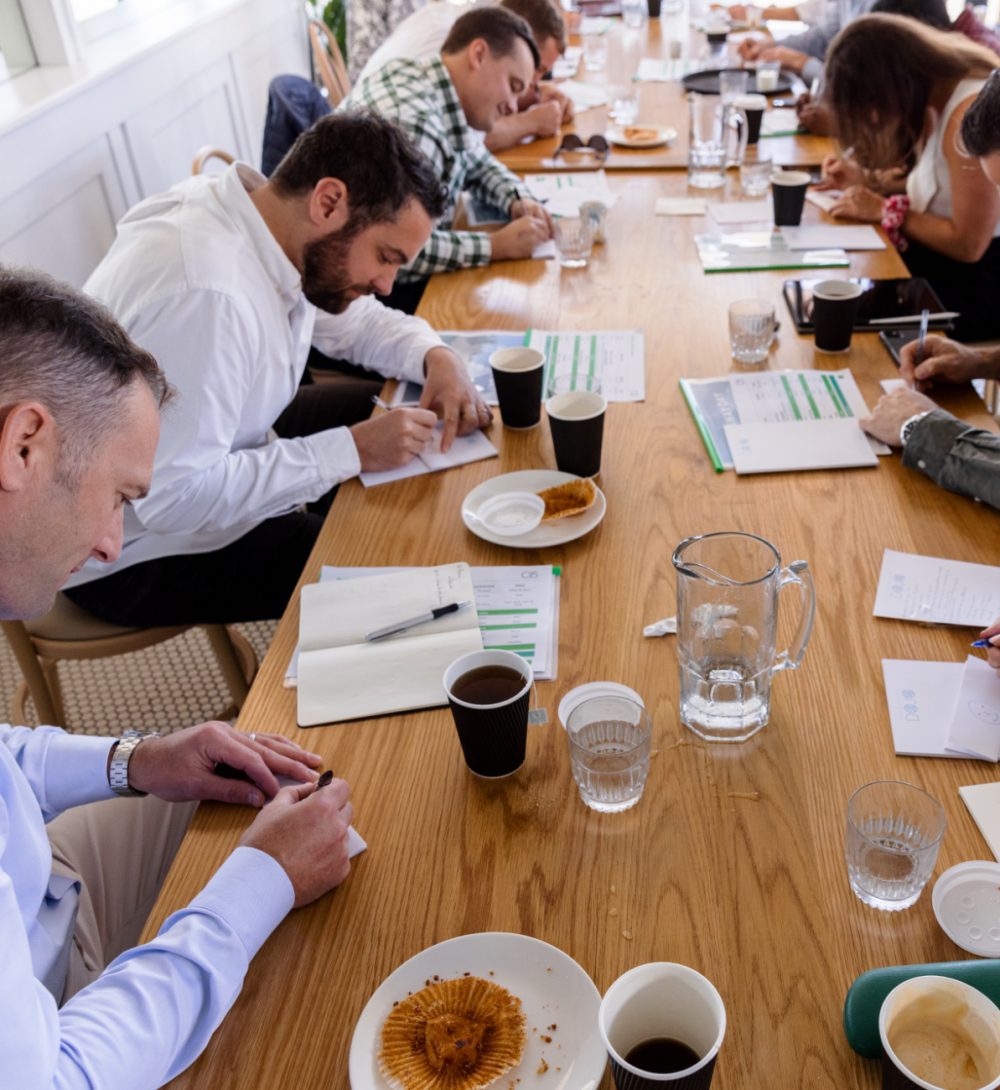
The post-pandemic environment and the war in Ukraine has presented our economies with a profound set of structural challenges. This has been further exacerbated by inflationary rises and fiscal tightening by central banks across the world. This presents an uncertain environment for businesses, and indeed consumers, which has created a greater need to prepare for a difficult period ahead.
Right now, we are seeing more and more organisations beginning to assess their cost bases very carefully, as either a pre-emptive move or a survival necessity.
The reasons to address an organisation’s cost base will inevitably vary across sectors – be they changes to revenue mix driven by the cost-of-living crisis, responses to external market factors such as regulation and post-pandemic hybrid working, or current market dynamics impacting the ability to raise capital.
All these factors may drive leaders to consider cost reduction, and we believe only once these factors have been identified can a sustainable and tangible solution be sought and the correct levers for change be pulled.
We also believe cost needs to be considered alongside its relationship with revenue, so an organisation’s cost is understood in context, and not considered in isolation. You can very easily miss material revenue opportunities by doing this.
Finally, it’s important to consider the impact these changes have on your operating model, as well as how you plan to implement those changes in a sustainable manner.
There is a difference between ‘getting it done’ and ‘doing it well’.
While there may be a number of cost levers to pull, tackling cost pressures through organisation design can be an effective way of reducing cost fast – and when done well, it can even help companies grow and drive efficiency.
Successful programs deliver sustainable savings, and many companies see implementation, not identification, as the biggest challenge. Driving cost out can damage services, threaten the loss of key talent, and lead to costs creeping back in incrementally, or results suffering in the long term.
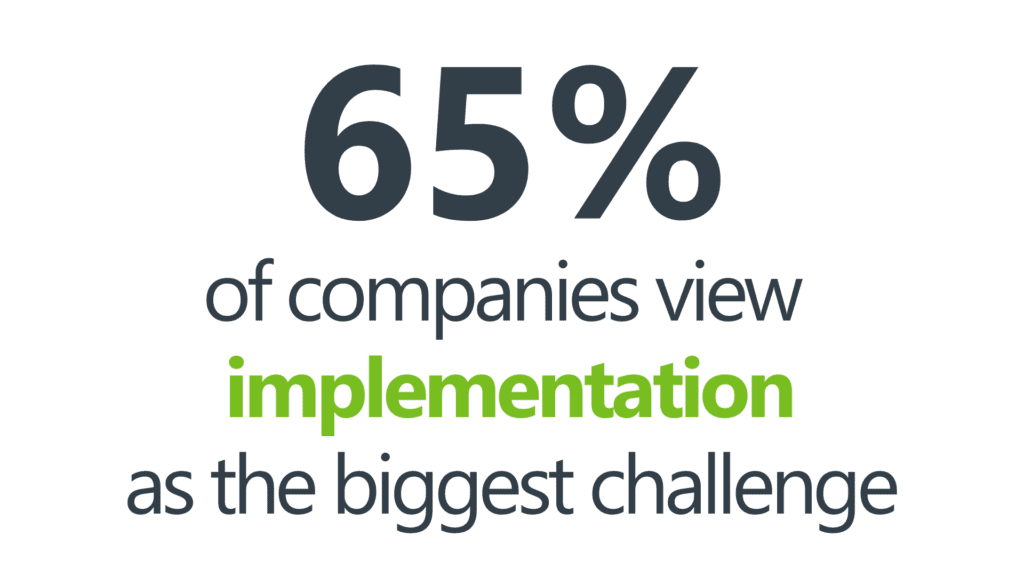
That’s why we’re sharing some of our insights from partnering with clients to deliver cost out organisation design programmes, as well as the challenges that arise from just getting it done and what we see when it’s done well. In future posts, we will also cover what we believe is leading practice across other cost levers. 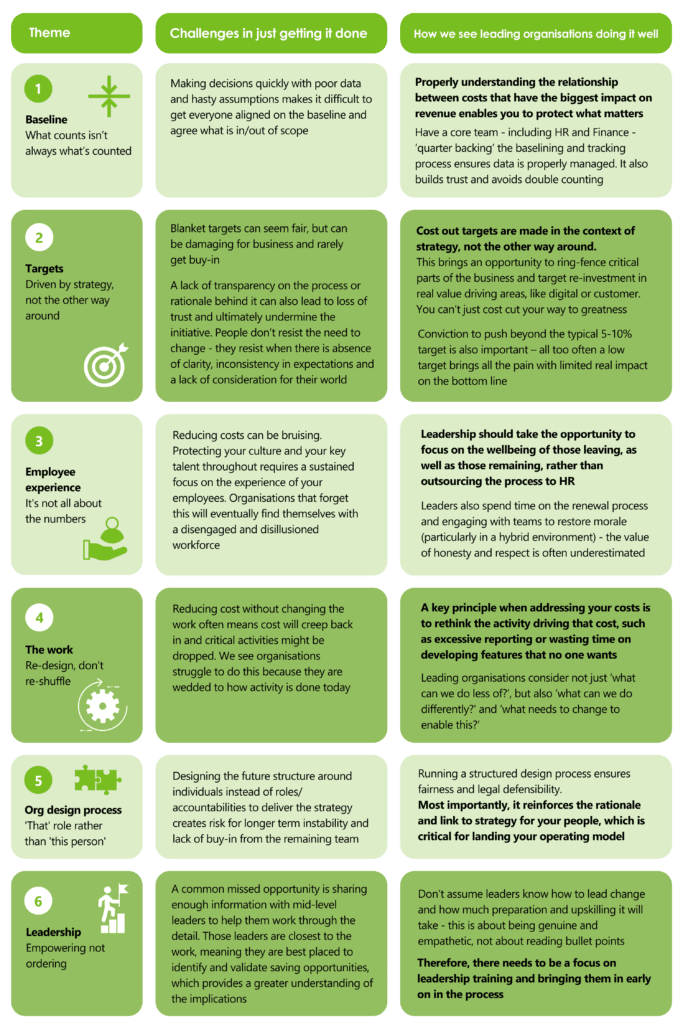
Achieving a cost restructuring target of £20 million for a global media and publishing organisation
The challenge
With the shift in consumer habits, expectations and rapid technical advances, media organisations have had to adapt quickly to meet new demands and shift their operating models in response. Q5 were chosen by one of the largest global media brands to support their Australian business to free up significant investment into areas of content and audience growth.
Our impact

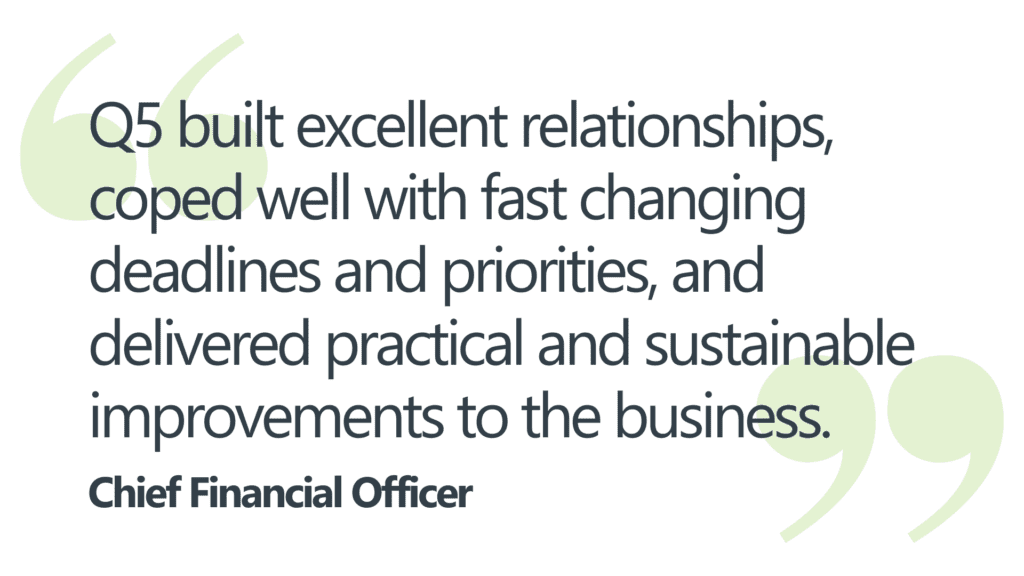
Implementing a cost-focused structural and strategic redesign for a large multinational grocery retailer
The challenge
Due to a shift towards an more demand led business model, we were chosen by one of Australia’s largest grocery retailers to transform their operating model and cost base to position them for growth. We were also asked to design and oversee the implementation of the new model into the business.
The results
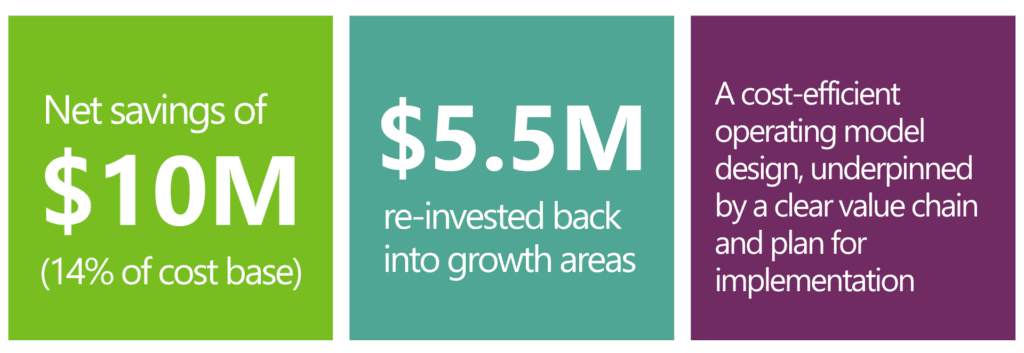
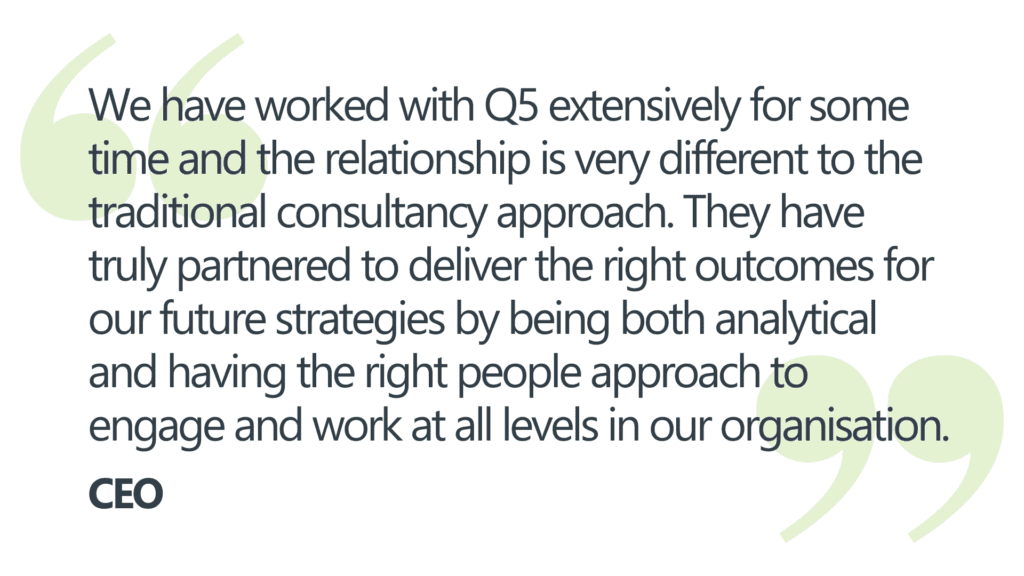
Interested in learning more about our work? Click here to access our full case study library.
If you’re considering how to make long-term sustainable changes in response to current cost pressures and would like to speak to one of our team members in confidence, please email tom.leary@q5partners.com.
